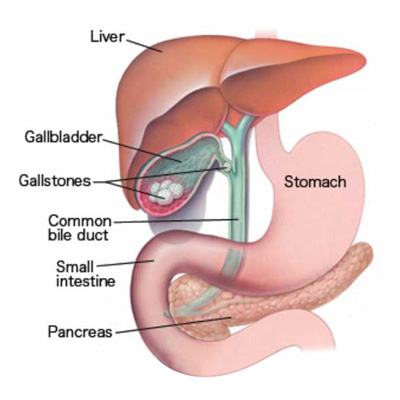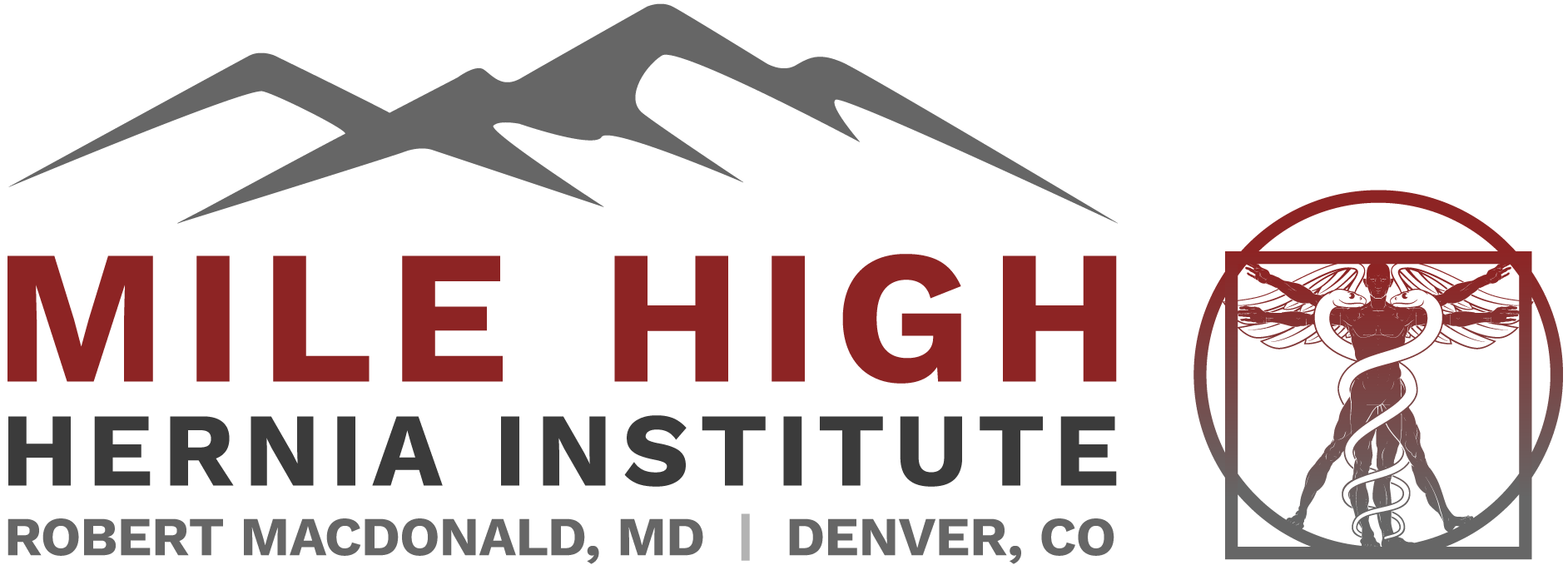Gallbladder
Basics of The Gallbladder
Bile is a fluid produced by the liver that aids in digesting food. It flows from the liver into the small intestine via the bile duct. The gallbladder is a small sac that protrudes from the bile duct. It stores bile temporarily, and empties on occasion, often after meals, allowing more bile to flow into the intestine.

Gallstones Form in the Gallbladder
Gallstones form in the gallbladder because the bile is stagnant here, and substances in the bile turn to solids, forming sludge or stones. Problems occur when the stones block the gallbladder or pass into the bile duct.
There are two main problems patients encounter with their gallbladder: those with stones and those without. Both types of gallbladder problems cause similar symptoms, though gallstone problems can occasionally be life-threatening. When either problem causes symptoms, surgery is recommended.
Gallstone Problems
Stone disease exists in many forms including sludge, sand, or stones. Symptoms result when these solid substances block the gallbladder, preventing it from emptying, or pass into the bile duct, obstructing the liver or pancreas.
Gallbladder Function Problems
Functional problems result when the gallbladder simply stops working properly. It’s not known why this happens. The term for this is Biliary Dyskinesia and includes a group of problems that result when bile is not flowing properly.
